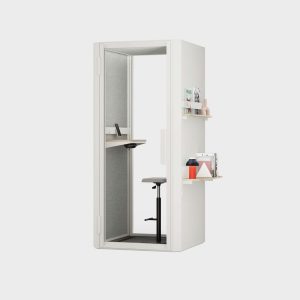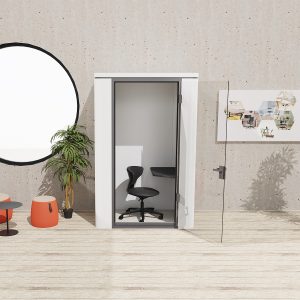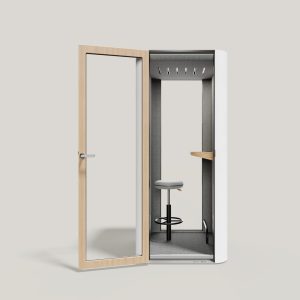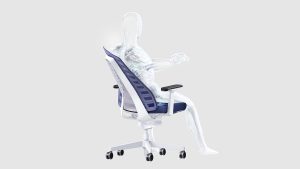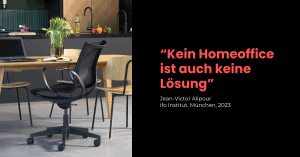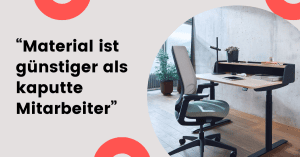Quality differences in telephone and meeting boxes
The Phone Booth Guide - Part 2
This is part 2 of our small mini-series on the topic of telephone and meeting boxes. While Part 1 deals with the question of which size or type of box is suitable for you (this way to part 1), we go into quality characteristics and quality differences in this part.
The Design / The Structure
The main difference in the quality of telephone and meeting boxes can be seen in how the supporting structure is built.
Entry-level segment: In the entry-level models, the load-bearing structure consists of the two side panels and the rear panel, which are screwed together in a similar way to an IKEA cabinet. This is practical, inexpensive and quick to assemble, but also comes with some drawbacks, as you can see when you look at the higher-quality boxes.
Premium provider: In telephone and meeting boxes from the premium segment, the walls are supported by corner posts made of steel or aluminium. This construction is significantly more stable and allows, for example, the installation of a glass pane at the back without any problems. Telephone boxes of this design are usually so stable that they are suitable for moving within an office floor and can therefore be equipped with integrated furniture castors by the manufacturer.
In the following illustration we have shown two different models as an "exploded view". You can compare them with the help of the slider:
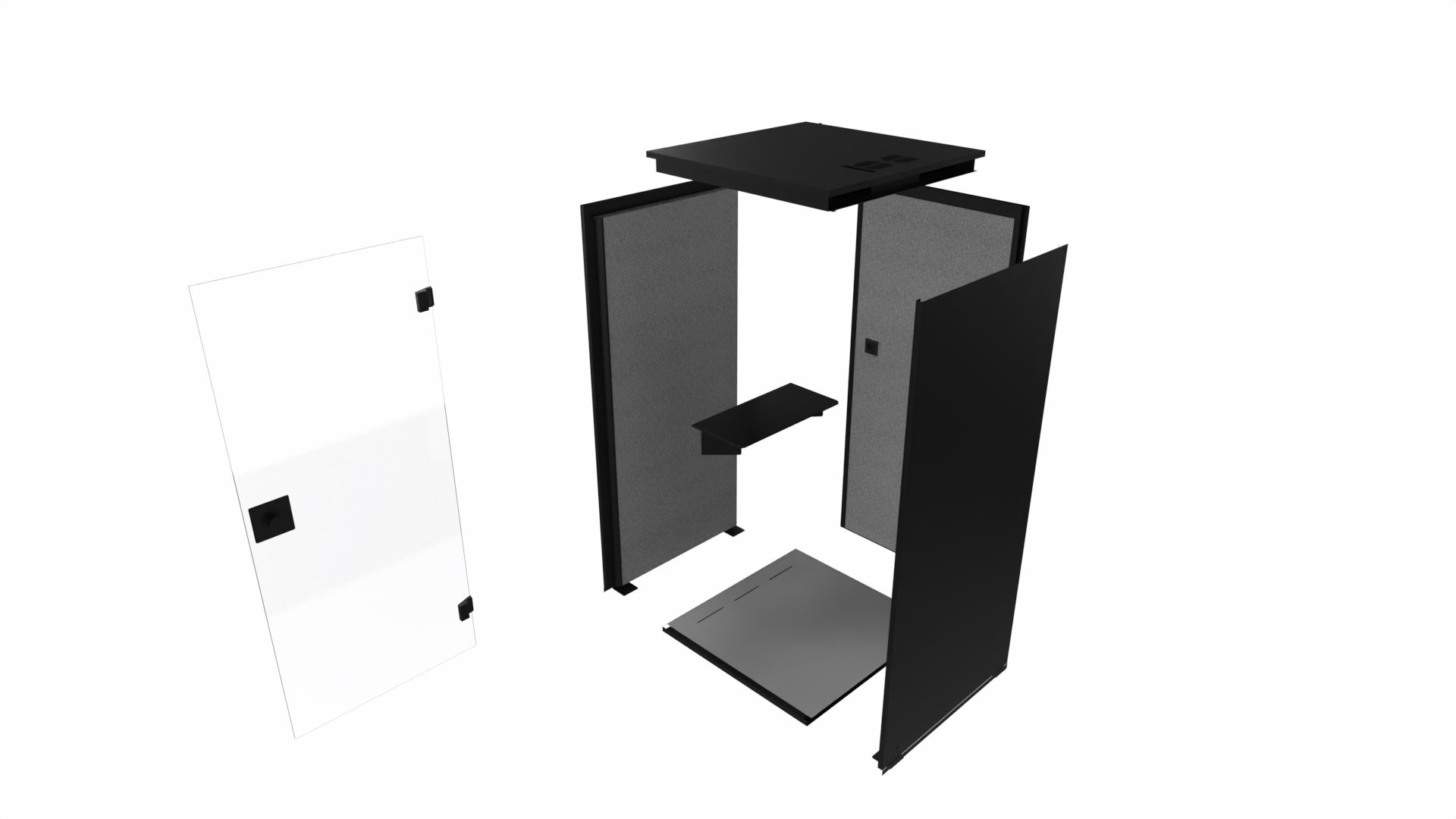
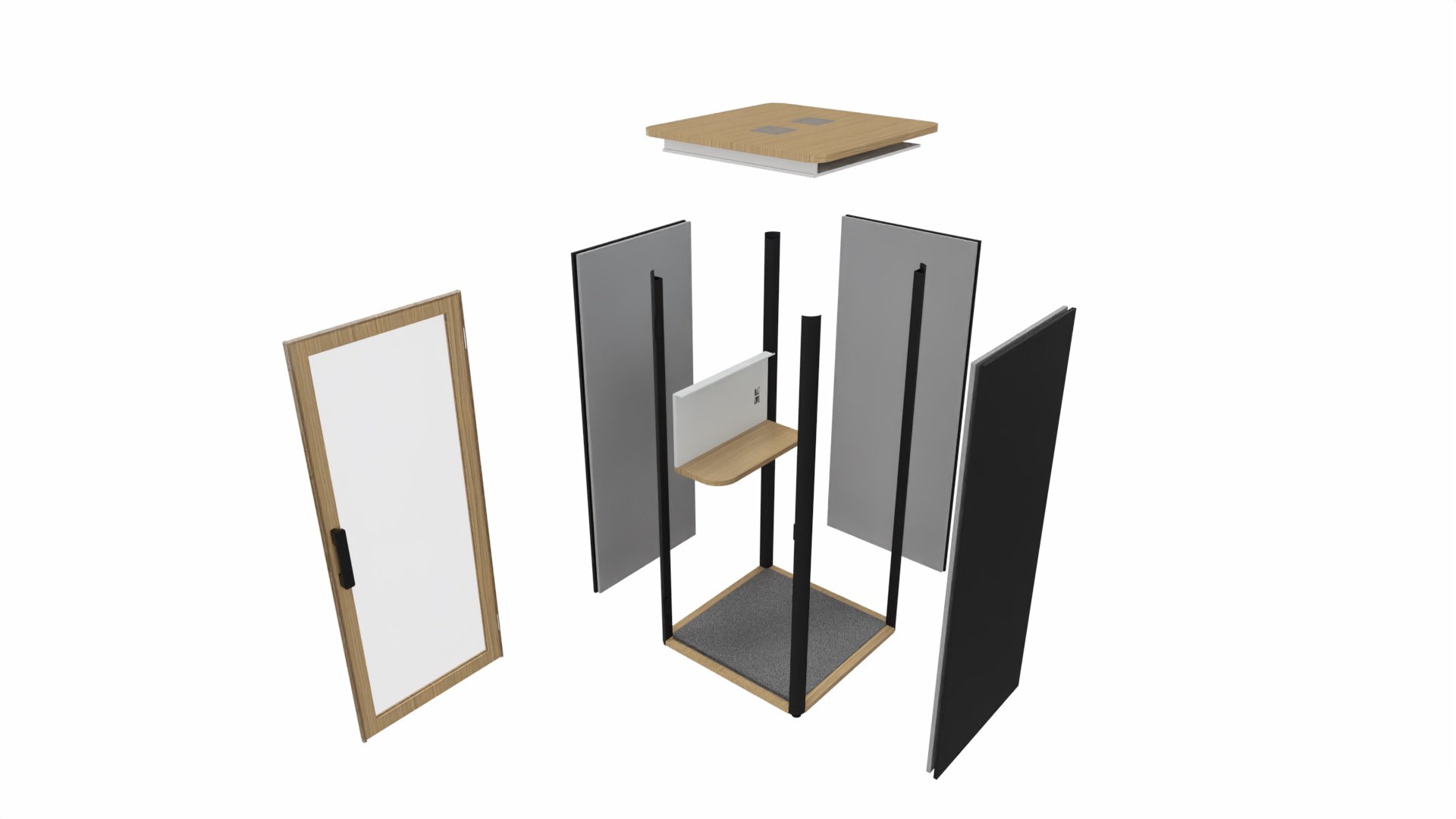
The door / The closing mechanism
Telephone boxes in the entry-level segment usually have a frameless door made of safety glass. What sounds elegant at first, however, comes with some disadvantages. The doors in the premium segment are usually framed. This ensures a much better closing behaviour - and, associated with this, a better acoustic result: many boxes from the premium segment, for example, have a magnetic closing mechanism that allows the closed door to latch properly. This is not possible with frameless doors.
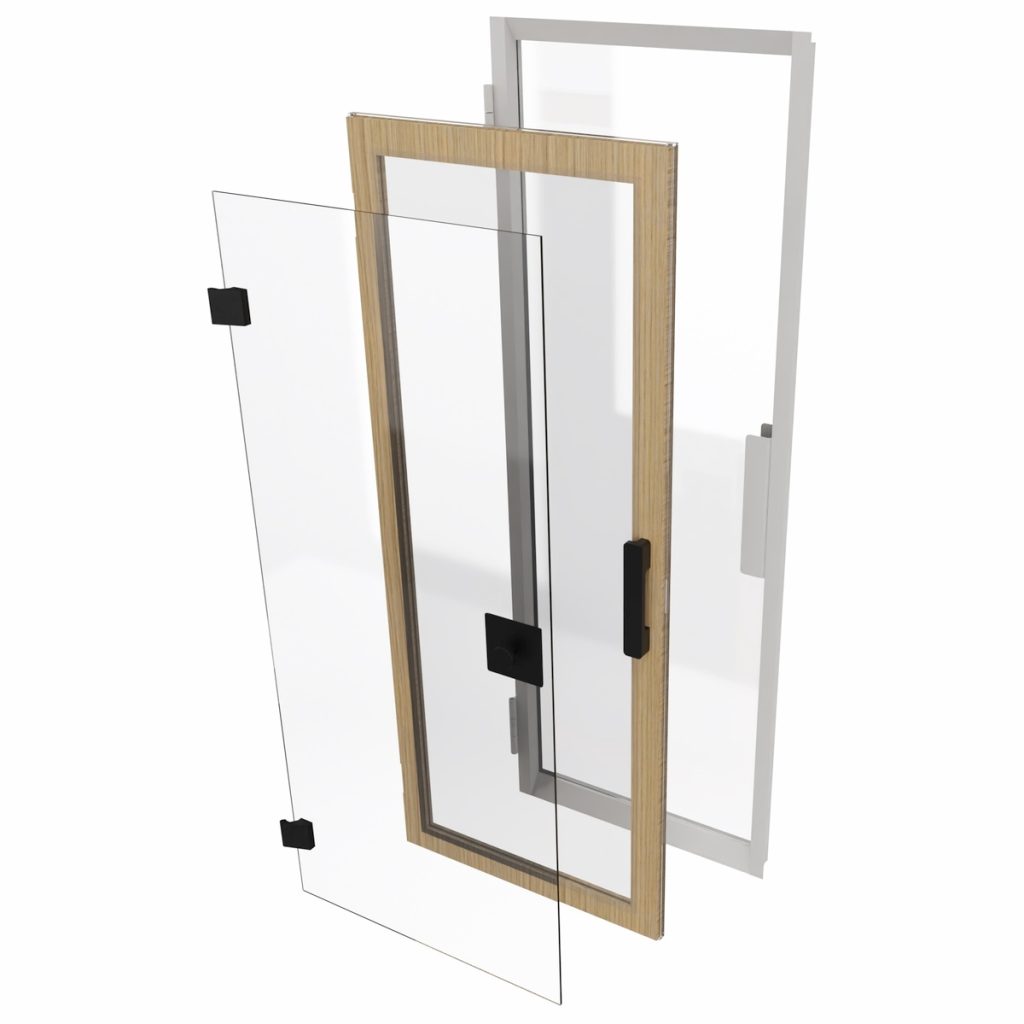
The interior
When it comes to interior fittings, there are also significant differences between the price segments:
Carpeting: Boxes from the premium segment usually have a carpet covering that has an additional sound-absorbing effect. In the entry-level segment, this is often not included for price reasons.
Wall cladding: The most important components from an acoustic point of view are the side and rear panels: Acoustic felt is often used here in the entry-level segment. This is functional and practical and mostly in shades of grey. In the premium segment, on the other hand, the interior walls are often covered with fabric, which allows for a higher-quality look and possibly other colour tones.
Interior furnishings: There are also clear differences in the furnishings inside - these are quite easy to recognise even with an untrained eye and logically affect the pricing: Tables with real wood? Is a monitor holder integrated? What about the technology connections (Ethernet connection, HDMI, USB-C, etc.)? Are meeting boxes equipped with unupholstered wooden benches or sofas?
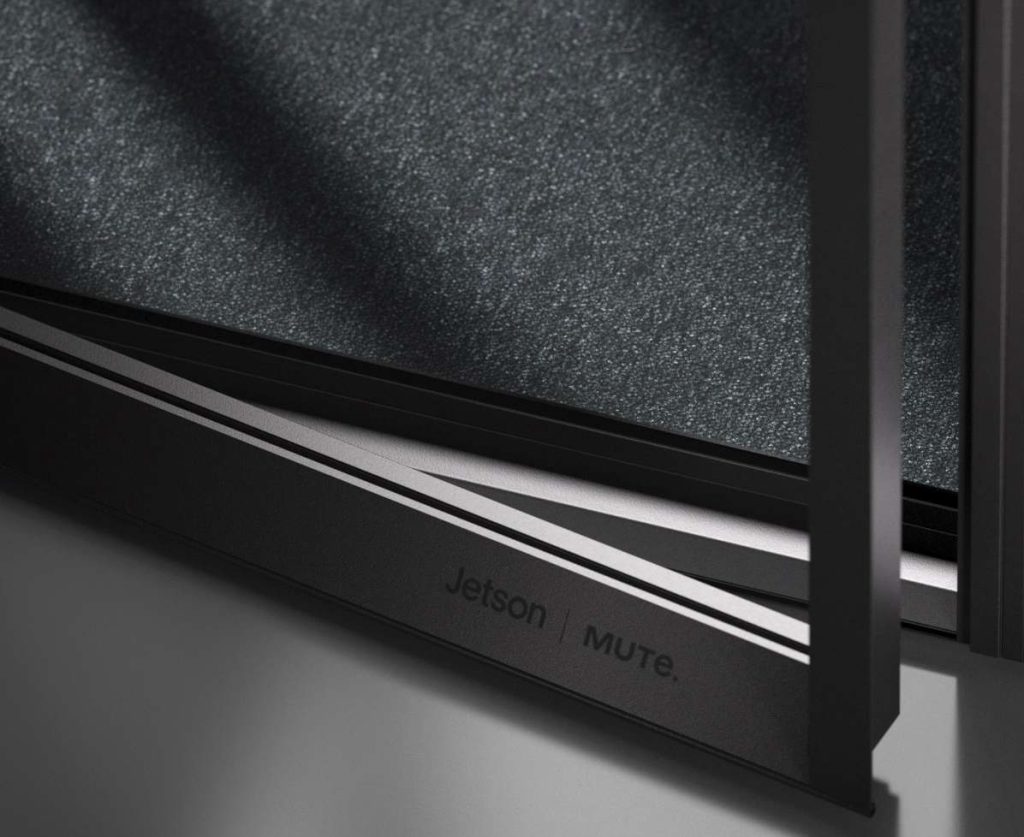
The 1er telephone boxes at XOROS Home:
The ventilation
Ventilation of the telephone and meeting boxes is provided by fans, which are usually recessed in the ceiling of the box. Depending on the manufacturer and model, one or two fans are used for single telephone boxes. The maximum throughput (for 1-unit telephone boxes between 50 m3 and 250 m3 per hour) is only of limited significance: it is also important that the fan does not produce too much background noise.
The quality of ventilation is therefore not easy to determine. Some telephone boxes from the entry-level segment even score with the nominally highest ventilation. In contrast, additional features such as air ionisers, which provide an additional feeling of fresh air and also neutralise bacteria and viruses, are only found in the premium segment (for example in the Bosselino telephone box).
The sound insulation
Sound insulation is probably the most important feature or the reason for purchasing a telephone or meeting box in the first place. Nevertheless, it is difficult to make a comparison here: although many manufacturers state the sound attenuation effect of their boxes in decibels, the values are not necessarily comparable with each other: are measurements taken under real conditions in the assembled box or are the measured values determined individually per element in the laboratory? To which frequency range do the decibel values refer at all?
In addition, purely subjective feelings also come into play when it comes to sound insulation: a perfectly damped box can possibly lead to feelings of oppression, which is why some users leave the door ajar. In practice, of course, this leads the excellent sound insulation values ad absurdum. Our conclusion: Unless very special requirements have to be taken into account (such as telephone boxes to be placed in the quiet reading room of a library or meeting boxes in railway stations), in other words, if a box is sought for a completely normal office environment, then one should not pay too much attention to the nominal dB values.
Practical add-ons
Telephone and meeting boxes from the premium segment score with various practical add-ons. The most popular add-ons:
- Integrated furniture castors - changes of location within the same floor are thus possible without having to dismantle the box
- Exterior walls in white-board design
- Wall-integrated monitor mount with VESA adapter
Interested in a consultation?
Please feel free to arrange a non-binding consultation appointment!
How helpful was this post?
Click on the stars to rate!
Average rating 4.8 / 5. number of ratings: 5
No reviews yet! Be the first to rate this post.


